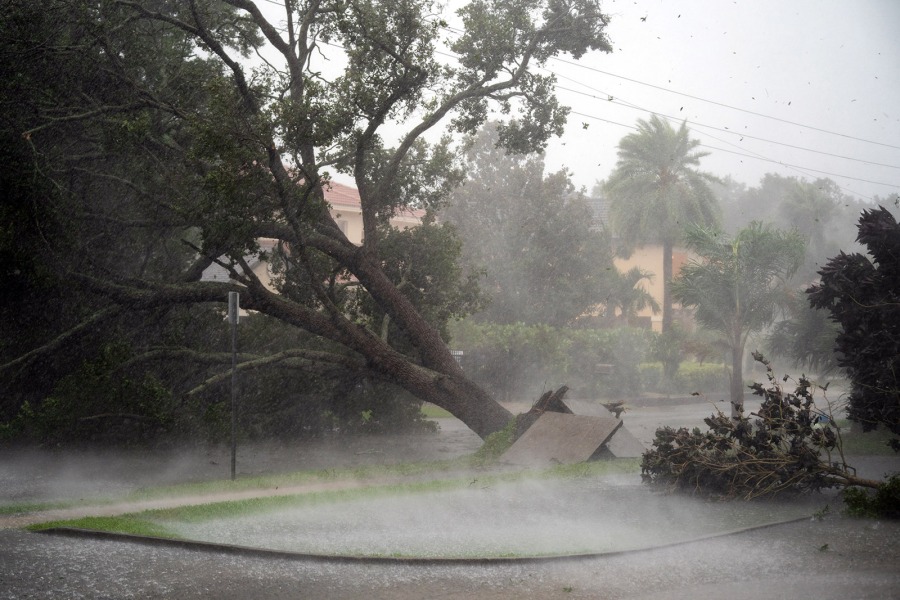Sea level rise expected this century — a consequence of climate change — raises the odds of hospital flooding by 22 percent, according to the scientists, who published their findings in GeoHealth on Thursday.
And even relatively weak systems pose a serious flood risk to hospitals located along the country’s coasts, the study warned.
“Hurricanes are expected to get more severe and may strike regions further north than in the past due to climate change,” senior author Aaron Bernstein, interim director of Harvard T.H. Chan School of Public Health’s Center for Climate, Health, and the Global Environment, said in a statement.
“In places like my hometown of Boston, we can avoid crises that other hospitals have had to endure by learning from their experience and creating plans that build on best practices,” Bernstein added. “But we must act now, before disaster strikes.”
Bernstein and his colleagues identified 682 acute care hospitals in 78 metropolitan regions located within 10 miles of the Atlantic and Gulf Coasts. These areas cover a population of just under 85 million people, or about one in four Americans, according to the study.
Of the 78 metropolitan areas, the researchers found that 25 have half or more of their hospitals at risk of flood from a Category 2 storm.
The researchers identified 10 metro areas in which a Category 2 hurricane will most jeopardize hospital care:
Miami-Fort Lauderdale-West Palm Beach, Fla.New York-Newark-Jersey City, N.Y.-N.J.-Pa.Boston-Cambridge-Newton, Mass.-N.H.Orlando-Kissimmee-Sanford, Fla.New Orleans-Metairie, LATampa-St. Petersburg-Clearwater, Fla.North Port-Sarasota-Bradenton, Fla.Jacksonville, Fla.Cape Coral-Fort Myers, Fla.Philadelphia-Camden-Wilmington, Pa.-N.J.-Del.-Md.
With sea level rise projected this century, the Baton Rouge, La.; Virginia Beach, Va.; Corpus Christi, Texas; Philadelphia and Boston metro areas could experience 90-percent increases in the number of hospital beds at risk of flood from a Category 2 storm, according to the study.
“Recent storms have devastated hospital infrastructure,” the authors warned in a statement.
“Even if hospital buildings may not be flooded the roads around them may be, restricting or preventing access to care,” they said.
In 18 of the metro areas they surveyed, researchers found that at least half of the roads within a mile of hospitals were at risk of flooding from a Category 2 storm.
Such a situation poses a significant challenge to patient transfer during hurricanes, as well as patient and staff access to hospitals after storms have subsided, the authors added.
